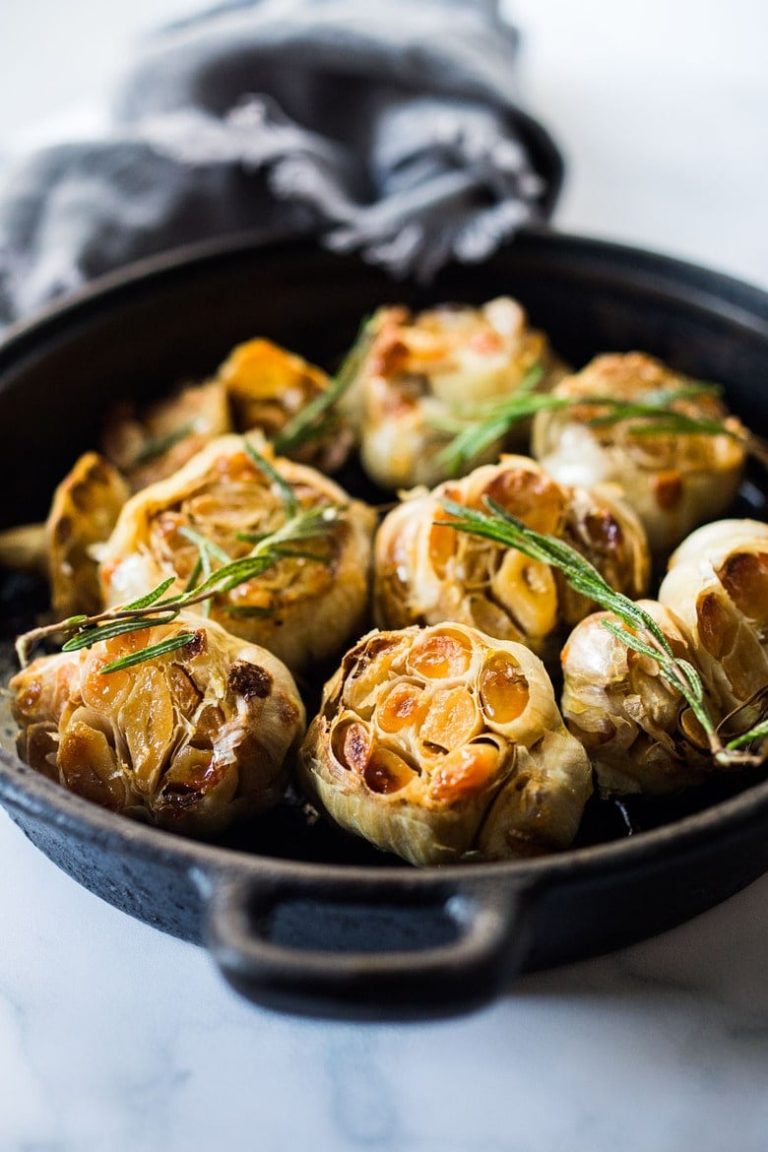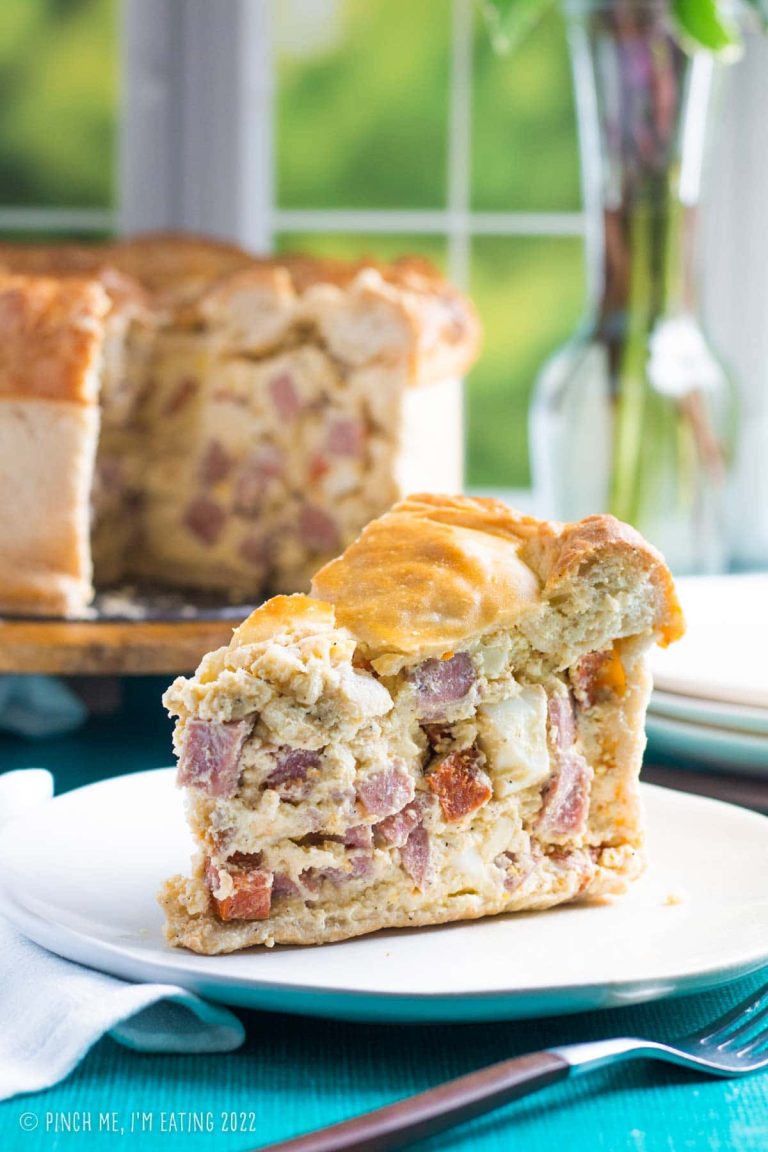Gugelhupf: History, Recipes, and Modern Twists
Gugelhupf, a traditional cake, originated in Central Europe. It holds significant cultural value, especially in countries like Austria, Germany, and Switzerland. The cake’s name derives from the Middle High German words “gugel” (hood) and “hupf” (to jump), reflecting its distinctive tall, ring shape. Cakes, breads, and pastries often play a central role in European celebrations, and Gugelhupf is no exception. It’s commonly enjoyed during holidays, family gatherings, and special occasions, signifying warmth and hospitality.
Evolution Through The Centuries
The recipe for Gugelhupf has evolved over centuries. Original versions likely included simple ingredients like flour, sugar, eggs, and yeast. As baking techniques and ingredient availability improved, recipes began to incorporate diverse flavors and richer ingredients, such as almonds, raisins, and citrus zest. By the 19th century, the Gugelhupf had become a symbol of bourgeois households in the Austro-Hungarian Empire. Today, modern variations incorporate chocolate, brandy, and various fillings, illustrating its adaptability and continuing appeal across different cultures and eras.
Key Ingredients and Variations
Classic Ingredients
The traditional Gugelhupf recipe includes a set of classic ingredients that create its distinctive flavor and texture. You need flour, sugar, butter, and eggs to form the cake’s base. Yeast is often used to provide a light and airy texture, distinguishing it from other cakes. For added richness, milk and sometimes cream are incorporated into the batter.
Flavorful additions like lemon zest, vanilla extract, and a pinch of salt enhance the taste profile. Almonds, both ground and sliced, contribute to the cake’s signature nutty flavor. Raisins, soaked in rum or brandy, are frequently included, giving the cake a delightful moistness and complexity.
Regional Variants Across Europe
Gugelhupf has various regional variations, each reflecting local tastes and ingredients. In Austria, you might find a version known as “Kardinalschnitten-Gugelhupf,” which includes meringue layers and is particularly rich. German variations like “Schwarzwälder-Kirsch-Gugelhupf” incorporate cherries and chocolate, inspired by the famous Black Forest cake.
In France, the Alsatian variant known as “Kouglof” often includes almonds and a touch of brandy, offering a slightly different yet equally delicious experience. Switzerland’s versions might include dried fruit and nuts, reflecting the country’s rich culinary traditions.
Different regions adapt the basic recipe by adding unique ingredients such as citrus zest in some Italian variants or using regional liqueurs to soak the fruit. These modifications showcase the Gugelhupf’s versatility and its ability to blend classic elements with local flavors.
These key ingredients and regional variations highlight Gugelhupf’s adaptability and enduring appeal across diverse European cultures.
Making the Perfect Gugelhupf
Techniques and Tips
Achieving a perfect Gugelhupf requires specific techniques and tips. Begin by using room-temperature ingredients to ensure smooth blending. Beat the butter and sugar until light and fluffy to incorporate air. This helps create a soft cake texture.
When combining dry and wet ingredients, mix gently to avoid overworking the batter. Folding in raisins or almonds at the end prevents them from sinking to the bottom. Grease the Gugelhupf pan thoroughly to avoid sticking. Dust with flour or breadcrumbs for easy cake release.
Let the dough rise in a warm, draft-free place until it doubles in size. Once baked, cool the cake in the pan for 10 minutes to set. Invert it onto a wire rack to cool completely before glazing or serving.
Common Mistakes to Avoid
Avoid several common mistakes when making Gugelhupf. Do not use cold ingredients; this causes improper mixing and a dense texture. Overmixing the batter results in a tough cake. Use a light hand, especially after adding flour.
Skipping the proper greasing of the pan often leads to sticking. Ensure even coverage to release the cake smoothly. Avoid under-proofing the dough. Insufficient rising time results in a dense, underbaked cake.
Do not rush the baking process. Opening the oven door frequently causes temperature fluctuations, leading to uneven baking. Use a skewer to test doneness; it should come out clean when inserted into the center. Stick to these tips to make a perfect Gugelhupf every time.
Celebrating Gugelhupf in Modern Cuisine
Festivals and Competitions
Gugelhupf enjoys a prominent place in various festivals and competitions. Events like the “Gugelhupf Festival” in Vienna celebrate this iconic cake, drawing pastry chefs worldwide to showcase their inventive takes. These festivals shine a light on both traditional and contemporary versions, allowing audiences to taste varieties like chocolate-infused, fruity, or even savory Gugelhupf. Competitions often include categories that judge on presentation, innovation, and adherence to traditional techniques.
Gugelhupf in Popular Culture
Gugelhupf also appears in modern popular culture. Culinary TV shows frequently highlight this cake in baking challenges, showcasing its complexity and appeal. Cookbooks dedicated to European baking often feature Gugelhupf recipes, emphasizing its adaptability. Social media platforms like Instagram and Pinterest host numerous posts featuring beautifully crafted Gugelhupf, inspiring home bakers to try their hand at this traditional cake. In addition, notable chefs and food influencers often mention Gugelhupf in their blogs and articles, solidifying its place in the contemporary culinary landscape.
Conclusion
Gugelhupf continues to captivate bakers and dessert lovers alike with its rich history and evolving flavors. Whether you’re exploring its traditional roots or experimenting with modern twists, this iconic cake offers endless possibilities. Its presence in festivals and popular culture underscores its timeless charm and versatility. So, next time you’re in the kitchen, why not try your hand at baking a Gugelhupf? You’ll not only enjoy a delicious treat but also become part of a long-standing culinary tradition.






